A House is not a home: Inside Designer Paul Vaugoyeau’s French nest in Stockholm
After moving from France and viewing nearly sixty apartments, Hem’s long-term friend and collaborator Paul Vaugoyeau and his wife Anne found their home in southern Stockholm. There, the designer duo merged French nonchalance with the functionality of Scandinavian design. We sat with Paul over a cup of coffee to discuss the process of arranging a personal space, how design shapes our everyday behaviour and his relationship with objects that surround him.
Photographer: Erik Lefvander
, [Allee Coffee Table Small in Walnut](/furniture/tables-and-side-tables/alle-coffee/12876), and [Last Stool](/furniture/chairs-and-stools/last/14144).](https://images.ctfassets.net/v1z1ea1ae17v/2alH9qOoOEoxCxoIcO7Hwe/e34b60bd7c0447eae4f3f0845dc2931b/HEM_PAUL_7974.jpg?w=750&h=500&fl=progressive&q=80&fm=jpg)
From the left: Koti Sofa 2-Seater, Allee Coffee Table Small in Walnut, and Last Stool.
From the left: Koti Sofa 2-Seater, Allee Coffee Table Small in Walnut, and Last Stool.
Can you walk us through your apartment? How did you decide it was “the one”?
It’s a fifty-something square meters apartment in an old townhouse from the 1930s. I live here with my wife, Anne, who also works in design. It wasn’t easy to find the right place — we viewed nearly sixty apartments, but we didn’t feel fully satisfied with the light in any of them. This one has big windows and original features, which reminds me a little of an old Parisian flat. The main reason we chose this place was the potential of the space and the natural light coming in: in the end, we’re in northern Europe, and access to daylight, especially in the winter, is precious.
How did you arrange the space?
It wasn’t a big renovation, but we broke a few walls to let the light in everywhere, and to adjust the flat to our needs. It’s an open space that we divided to give a sense of privacy to each component. Now we have a kitchen, a small living room, and a bedroom, accessed through a little working space with a desk. They are all set in one line, alongside the windows.


Tell us about the neighborhood you live in.
The neighborhood is called Midsommarkransen and it’s located in the southern part of Stockholm. It’s one of the oldest suburbs of the city. Again, I can see the resemblance to Paris here. Stockholm is very polished in many aspects, whereas in Paris you can find a little bit of nonchalance at every corner — a luxurious fashion shop stands next to a completely worn-out building somewhere in the backstreet, which comes as no surprise. Same with our neighborhood: it has a unique atmosphere, there’s graffiti on the walls and it just doesn’t feel as perfect as the rest of the city, which I like.


With Atelier Paul Vaugoyeau, you work as an interior and product designer. How does your professional background affect the way you arranged your own space?
My vision in design is that when you work on a space, you should ideally design everything, including furniture. Some parts of my apartment are custom-made by us; like the door or the working desk we have. While I value the visual aspect of the products, the most important factor for me is that they work well in everyday life. I am really interested in how design becomes part of our rituals, and how it reflects our behaviors and habits. The way you incorporate the product into your routine can manifest in various ways: for instance, you always put your feet on the ottoman in the same way or you usually sit on one specific side of the sofa. This part of design, the ritual aspect of it, has always been my main interest and is still present both in my professional and personal choices.


How do you define “home”? What is important in creating a personal space?
For me it’s not so much about creating a “cozy” or “homey” environment as it is about choosing the right architecture: sometimes you enter the space and it just feels right. While the architecture of our apartment was planned in advance, the furnishing process came out as very natural. We have been gathering objects over the years and they just waited to be put in the space we would call home one day.


Which piece in the apartment is your favorite? What’s your relationship to these products?
We both come from different countries and we’ve lived in numerous apartments in Stockholm over the years. When you move so often, you realize that you have to keep only the very special objects. So, we ended up with things that are close to our hearts in one way or another. I have a lot of prototypes from my time at Hem, like the Last Stool in chrome or the Koti Sofa. I feel a truly personal connection to those objects as I helped to bring them to life. We also have pieces brought from our travels, things we created, or pieces from designers we admire. Each one of them tells a different story. In French, you call it Une madeleine de Proust — it refers to something that brings back strong memories from your past every time you interact with it. It is particularly important for me as a designer to make a durable product that will age well and convey positive emotions year after year.

Get the Look: Shop Paul Vaugoyeau’s Picks
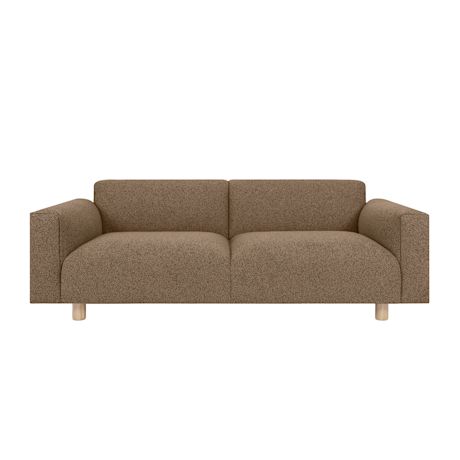

- +2
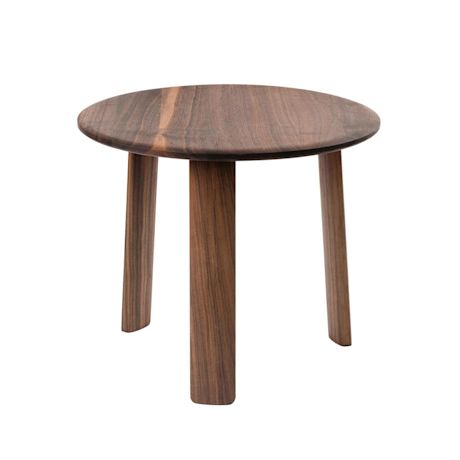
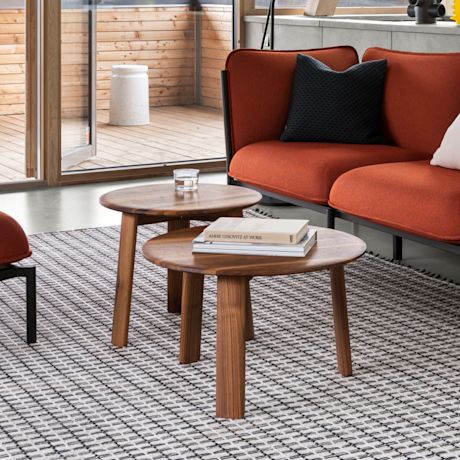
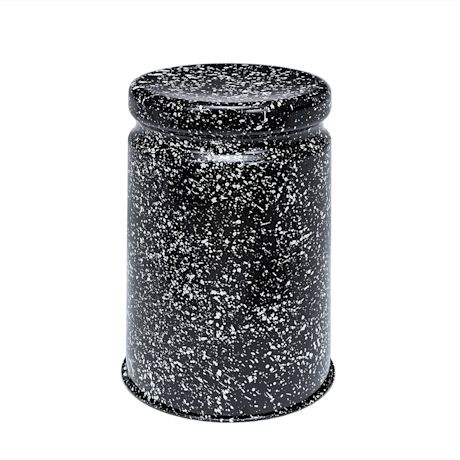
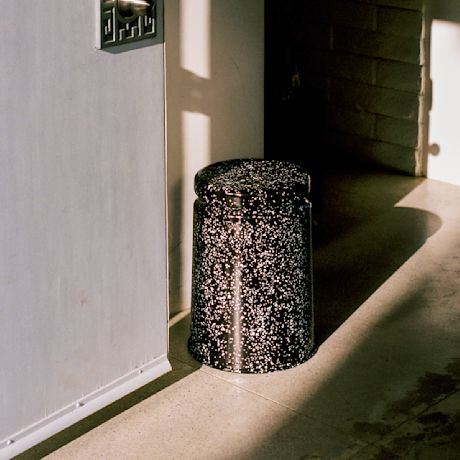
- +11
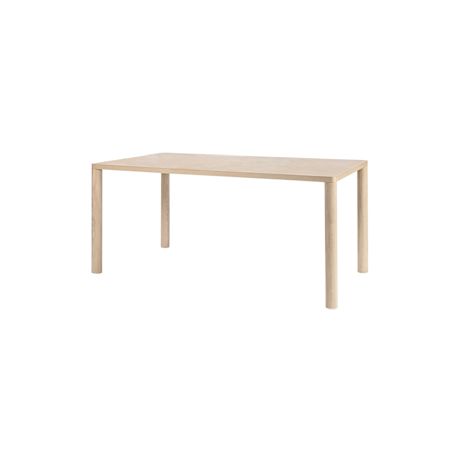
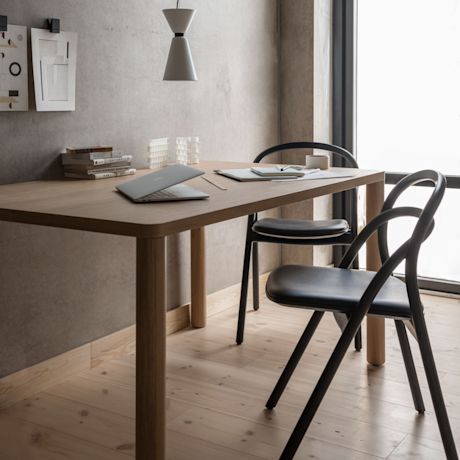
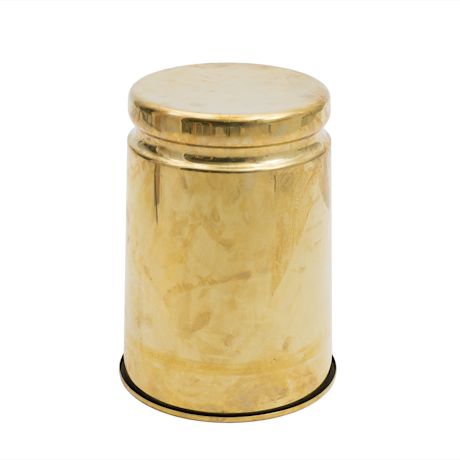
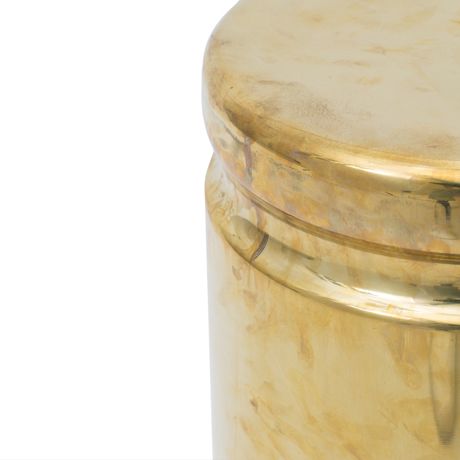
- +11
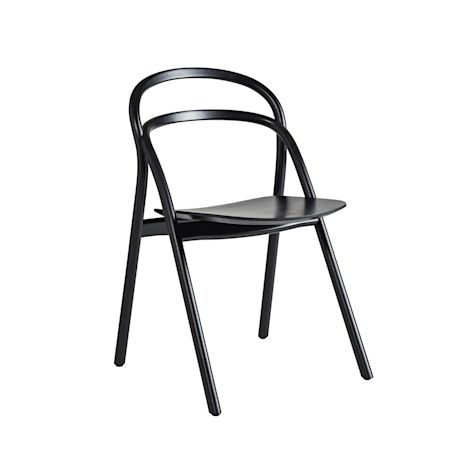
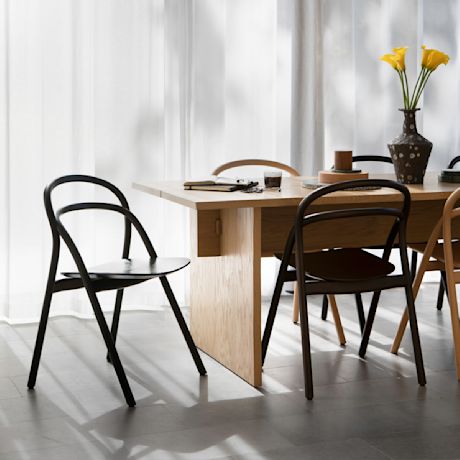
- +1
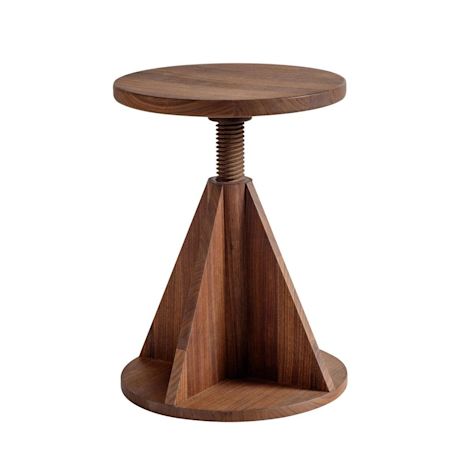
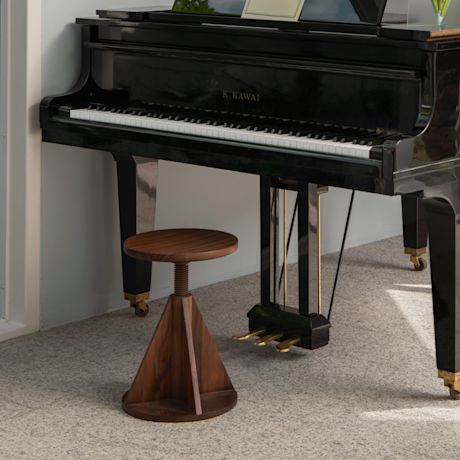
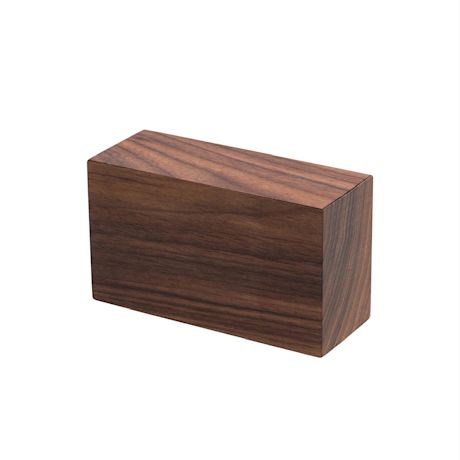
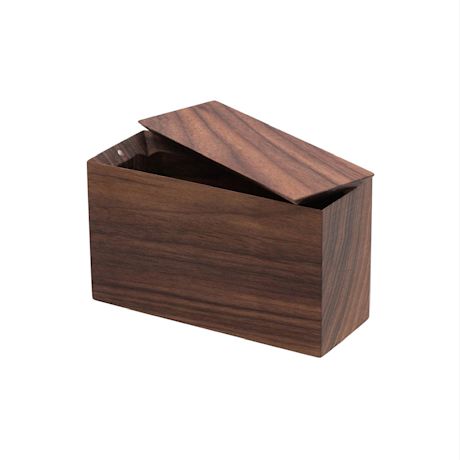
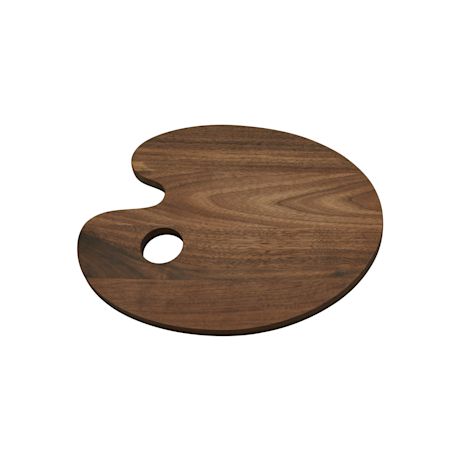
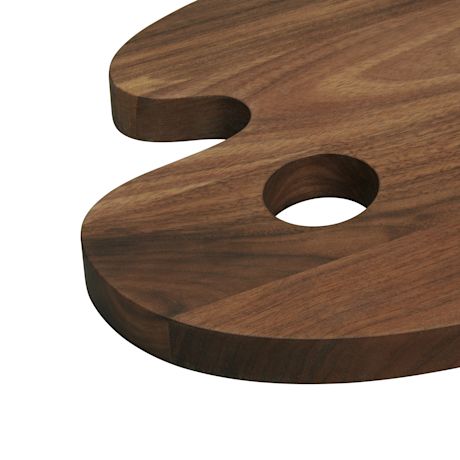
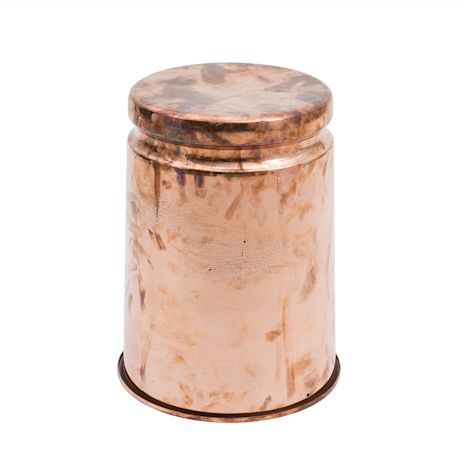
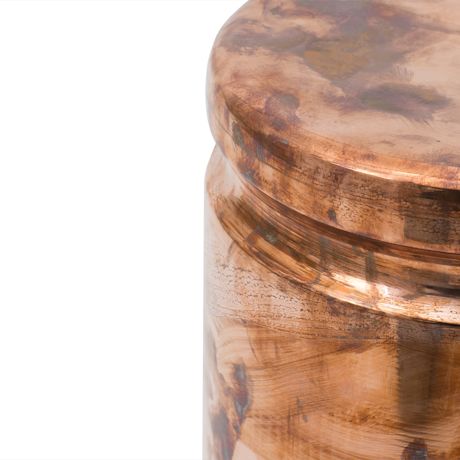
- +11